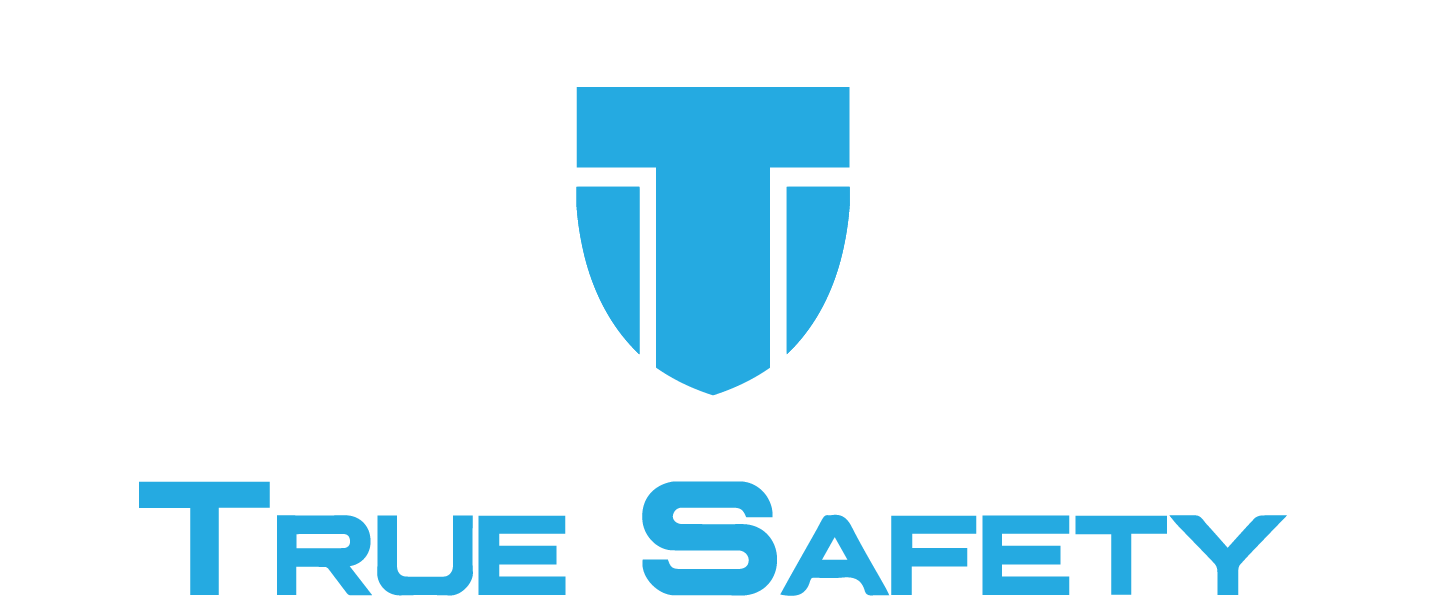Don’t Be a Safety Cop!
In my recent podcast with guest Stephen Lutes, Director of Health and Safety at Hewa Enterprises, he talked about how safety professionals might be experts in safety, but aren’t the subject matter expert in the fields (construction, oil, etc.) they work within. Also, Stephen talked about how safety professionals sometimes need to just step back, listen to their workers, and ask great questions.
This got me thinking about the dreaded idea of the so-called safety cop.
On a job site, have you ever met a safety cop? You can tell they’re thinking: I’m the smartest person here. Why aren’t these workers doing everything exactly my way?
That’s no way to move a safety culture to the next level.
To me, the opposite of a safety cop is a safety leader.
So, which one are you? Are you more about command and control (which would make you a safety cop) or do you focus more on care and coaching (which would make you a safety leader)? Not sure? Here are a few distinctions to get you thinking.
Safety incidents:
A safety cop steps in only after an incident occurs.
A safety leader proactively tries to prevent incidents from happening.
Communication style:
A safety cop isn’t really interested in the concerns, ideas, or feedback from workers.
A safety leader thrives on interacting with workers and learning what they’re all about.
Questions:
A safety cop asks “What?” But they don’t ask “How?” or “Why?”
A safety leader asks “What?” and “How?” and “Why?”
Approach to leadership:
A safety cop acts as if safety is built on retaliation and punishment.
A safety leader is committed to creating a culture where safety is positively perceived.
Friend or foe:
A safety cop won’t try to personally connect with workers.
A safety leader won’t be afraid to get to know their co-workers.
Assumptions:
A safety cop assumes people need to be constantly policed.
A safety leader assumes people will make the right, safe choice if they’re given the right education and support.
Check out my podcast episode with Stephen Lutes: https://youtu.be/RhOGj7eFULw

